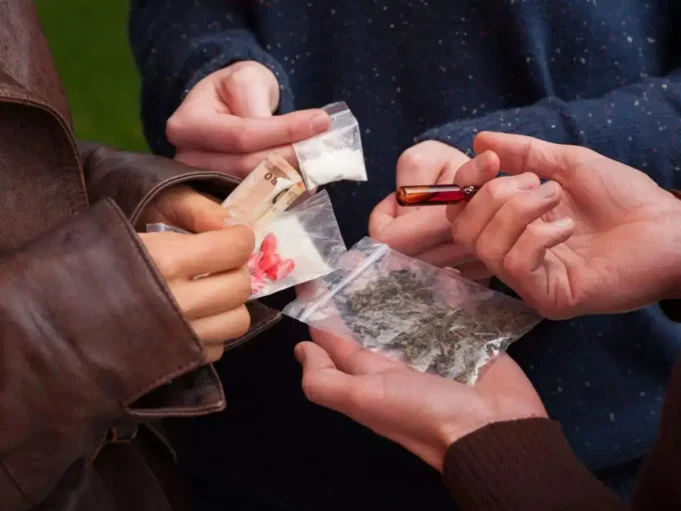Sept. 15, Srinagar: With over 50 recent cases reported at its Drug Addiction Centre, the Institute of Mental Health and Neurosciences (IMHANS) in Kashmir has seen a worrying trend: a considerable increase in the number of female drug abusers seeking aid.
The facility has received more than 27 new cases in the previous several months, and there have been an additional 21 instances at de-addiction centres in the three districts of Baramulla, Anantnag, and Kulgam.
These women are above the age of 15, in their early 20s, and in their 30s.
Adolescent females over 15 and in their early 20s make up the majority of the instances.
The Drug De-addiction Centre at SMHS Hospital, which includes three other clinics, has recorded a total of 48 cases since February 2023.
The local community and healthcare experts are both concerned about the rise of female drug abusers seeking assistance.
The physicians claim that drug addiction has mostly affected men.
However, this current pattern is concerning, and action must be made to combat drug misuse.
Female respondents made up only 1.7% of the study, according to Dr. Yasir Hassan Rather, an associate professor at IMHANS, who spoke to Greater Kashmir.
But this doesn’t mean we should be relaxed, he said. Despite the fact that the number of girls with drug-related difficulties is still fairly modest in comparison to men, the trend is alarming. The majority of the time, we’ve discovered, people start taking these medications because their lovers, spouses, or pals are already hooked.
According to Dr. Rather, in other instances it was discovered that these ladies were attending school or working in neighbouring states or major cities where narcotics were easily accessible, such as Chandigarh or various regions of Punjab.
Additionally, he said, “in most cases, we have discovered an underlying co-morbid psychiatric illness like borderline personality or mood disorders as well as issues related to childhood trauma that makes them more vulnerable to substances as a coping mechanism.”
According to Dr. Rather, there might be a variety of causes, such as peer pressure, mental health problems, trauma, societal pressures, and easy availability to addictive drugs.
According to Dr. Arjumand Fayaz, a postgraduate student at IMHANS conducting the substance abuse study under Dr. Rather’s supervision, the drug addiction among Kashmiri women is alarming.
All of the cases had heroin addictions. There are 21 females in extra clinics in three regions and 27 female heroin addicts enrolled at the SMHS drug addiction facility. Seven females are registered in three other districts out of the 21 new locations, she added.
According to Dr. Arjumand, these ladies are older than 15 years old, in their early 20s, and married women in their 30s.
“There might be a number of social, economic, and psychological variables for the rise in female drug addiction cases. According to her, teenage females are becoming engaged in substance usage via peer pressure groups because of curiosity, married women because of their partners’ drug addictions, or even through coercion or torture.
According to the experts, the stigma attached to drug addiction prevents many people from seeking treatment, therefore it’s critical to provide a friendly atmosphere for individuals who are battling addiction.
“Authorities should think about using a multi-pronged strategy to address this issue. This might include neighbourhood engagement in raising awareness and developing treatment services throughout diverse districts that are specifically suited to the requirements of female patients. the sale and distribution of addictive drugs should be subject to stricter laws in order to decrease their availability.










